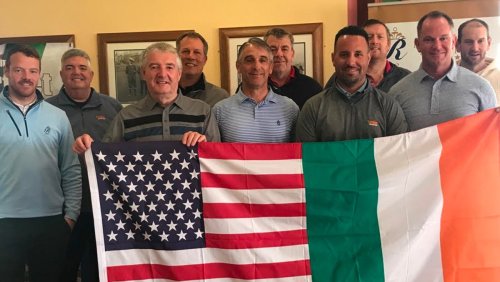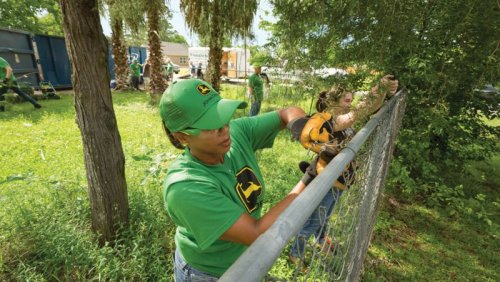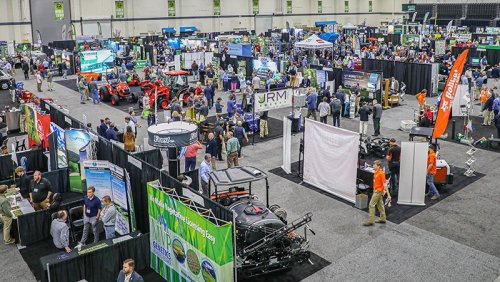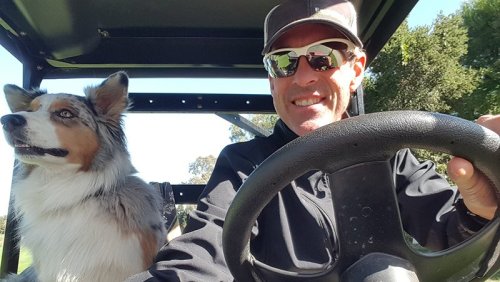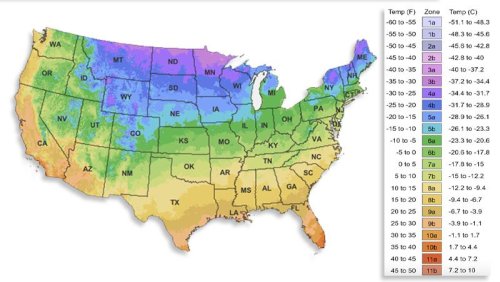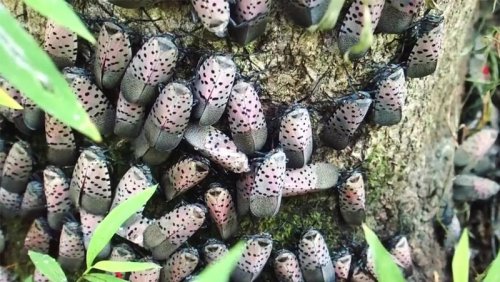

The partnership will help professional turf managers "evolve toward a future of precision agronomy and data-driven decision-making that complements the existing range of tools and services from Syngenta," according to a news release.
Spiio's cellular, wireless sensors continuously monitor soil moisture, temperature and salinity and streams data to a cloud platform, allowing turf managers to create more precise agronomic programs across the course. It also simplifies hyperlocal data collection and analysis without time-consuming, manual measurements. It also complements existing Syngenta tools including precision weather forecasts, disease and insect models, as well as turf growth models.
"Our combined strengths in technology and agronomy will enable turf managers to make smart agronomic decisions for a better golfing experience for their players, while providing hyperlocal soil data to complement existing weather and modelling services provided by Syngenta," said Mike Parkin, global head of Syngenta Professional Solutions. "This solution aligns with our vision of creating a more sustainable future for golf."
The cellular, wireless Spiio sensors continuously monitor the soil moisture, temperature and salinity and stream data to a cloud platform, allowing turf managers to create more precise agronomic programs across the course. The Spiio technology simplifies hyperlocal data collection and analysis without time-consuming, manual measurements. It also complements existing Syngenta tools including precision weather forecasts, disease and insect models, as well as turf growth models, according to the release.
"Once customers can access Spiio sensor data from their phone across the entire property, they can quickly identify areas of concern and receive notifications and agronomic alerts before conditions become critical," said Henrik Rosendahl, CEO of Spiio. "They can also track specific data trends over time and provide greater efficiency with better reporting and strategic planning. By collaborating with the Syngenta agronomic and research teams, we’ll be poised to create even more robust agronomic algorithms and recommendations in the future."
- Read more...
- 2,031 views



